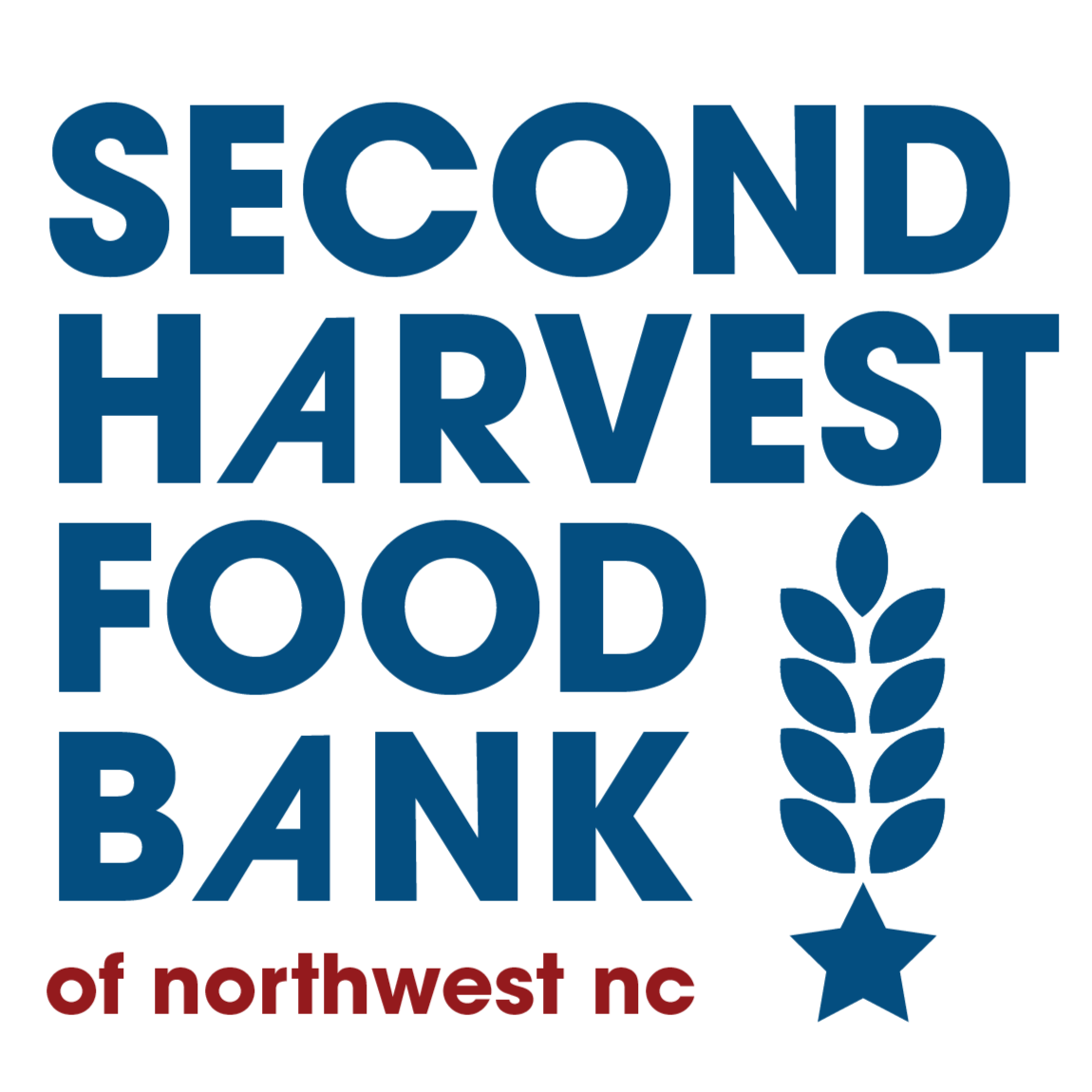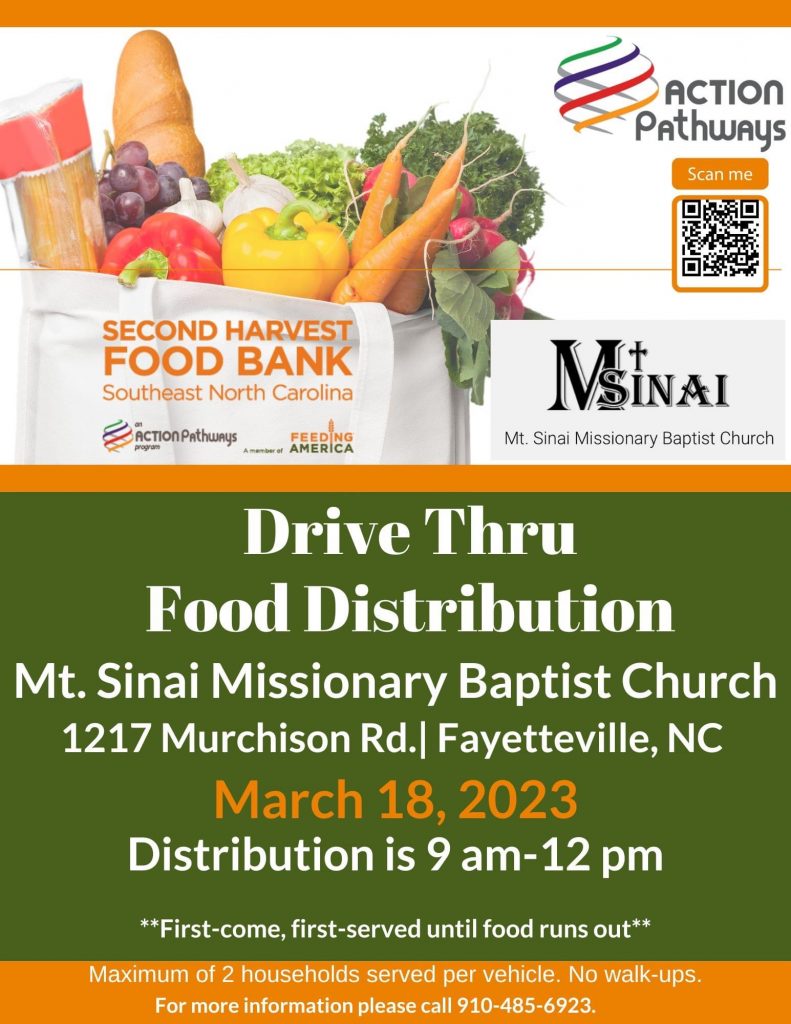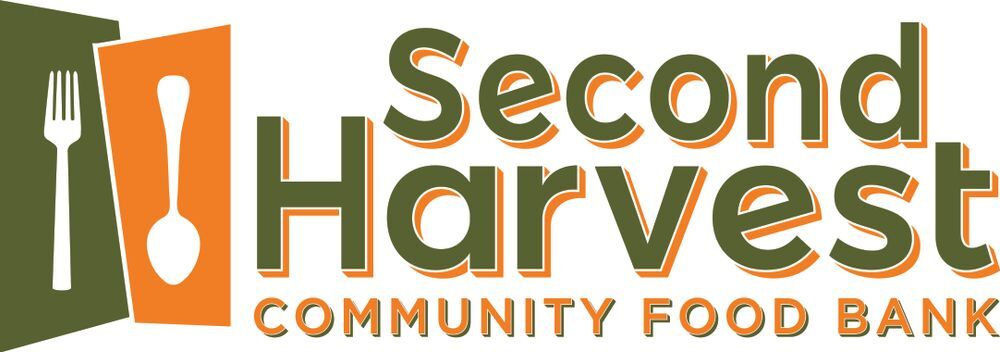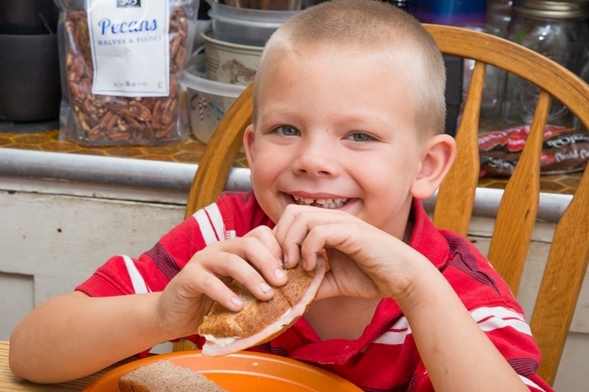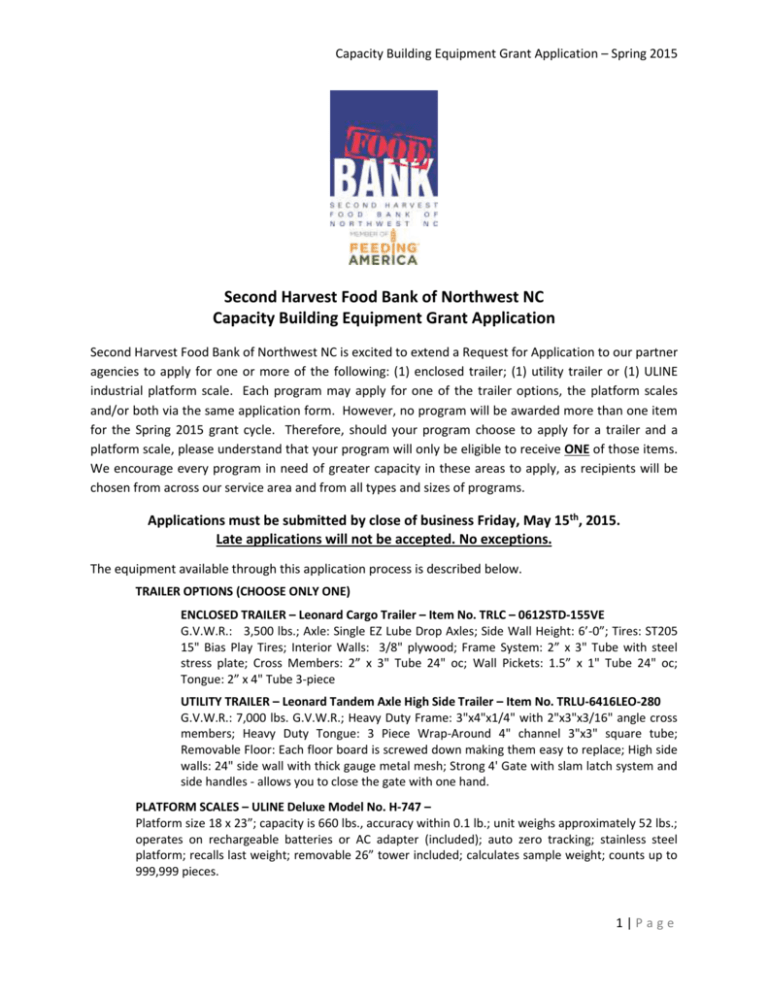Second Harvest Food Bank In Fayetteville Nc

Amidst rising food costs and persistent economic challenges, Second Harvest Food Bank of Southeast North Carolina, located in Fayetteville, continues its vital mission of combating hunger in the region. The organization serves as a critical lifeline for thousands of individuals and families facing food insecurity across multiple counties.
The Second Harvest Food Bank acts as a central hub, collecting and distributing food to a network of partner agencies. These agencies include food pantries, soup kitchens, shelters, and other non-profit organizations that directly serve individuals in need. Their efforts are crucial in bridging the gap between available resources and the escalating demand for food assistance.
A Network of Support
Serving Cumberland, Bladen, Hoke, Robeson, and Sampson counties, the food bank operates on a scale reflecting the substantial need within the region. In 2023 alone, Second Harvest distributed over 18 million pounds of food. This staggering figure underscores the pervasive nature of food insecurity in southeastern North Carolina.
The organization’s success relies heavily on collaboration. They partner with local farmers, retailers, manufacturers, and community members to source food donations. Financial contributions from individuals and corporations are also essential in sustaining the food bank’s operations, covering transportation, storage, and administrative costs.
"We are committed to ensuring that no one in our community goes hungry," says Michelle Keenan, Executive Director of Second Harvest Food Bank of Southeast North Carolina. "But we cannot do it alone. The support of our partners and the generosity of our community are vital to our success."
Addressing Food Insecurity
Food insecurity is defined as the lack of consistent access to enough food for an active, healthy life. Several factors contribute to this issue, including poverty, unemployment, low wages, and unexpected expenses. These challenges are further compounded by systemic inequities and limited access to resources in certain communities.
The impact of food insecurity extends beyond mere hunger. It can lead to a range of health problems, including malnutrition, weakened immune systems, and increased risk of chronic diseases. Children experiencing food insecurity may face developmental delays, learning difficulties, and behavioral issues.
Second Harvest actively works to address the root causes of food insecurity. They offer programs aimed at promoting self-sufficiency, such as job training and nutrition education. These initiatives empower individuals to overcome barriers to food access and build a more secure future.
Programs and Initiatives
Beyond its core food distribution activities, Second Harvest implements various programs designed to meet the specific needs of different populations. The BackPack Pals program provides weekend meals to children at risk of hunger when school meals are unavailable. The Senior Nutrition Program delivers nutritious meals to older adults facing mobility challenges or limited financial resources.
Mobile pantries are another critical component of the food bank's outreach efforts. These mobile units bring food directly to underserved communities, eliminating transportation barriers for individuals who may have difficulty accessing traditional food pantries. These pop-up distribution sites are held throughout the service area.
Second Harvest also collaborates with local schools to operate school pantries. These pantries provide students and their families with access to food and other essential resources, creating a supportive environment that promotes academic success and overall well-being.
Challenges and Future Outlook
Despite its significant accomplishments, Second Harvest Food Bank faces ongoing challenges. Fluctuations in food donations, rising transportation costs, and an increasing demand for services put a strain on the organization's resources. Maintaining a consistent supply of nutritious food while efficiently managing logistics requires careful planning and strategic partnerships.
Looking ahead, Second Harvest aims to expand its reach and enhance its programs to better serve the community. This includes strengthening partnerships with local organizations, investing in infrastructure improvements, and advocating for policies that address the root causes of food insecurity. The hope is to foster a more resilient and equitable food system in southeastern North Carolina.
Volunteers are the backbone of the organization. Opportunities abound for individuals, groups, and corporations to get involved. From sorting and packing food to assisting with distributions and administrative tasks, volunteers play a vital role in ensuring that food reaches those who need it most.
How to Help
Community members can support Second Harvest Food Bank through various avenues. Donations of non-perishable food items are always welcome. Financial contributions provide crucial resources for purchasing food, covering operational costs, and expanding programs. Volunteering time and skills is another impactful way to make a difference.
For more information on how to donate, volunteer, or access food assistance, visit the Second Harvest Food Bank of Southeast North Carolina website or contact their Fayetteville office. Your support can help ensure that everyone in the community has access to the nutritious food they need to thrive.


